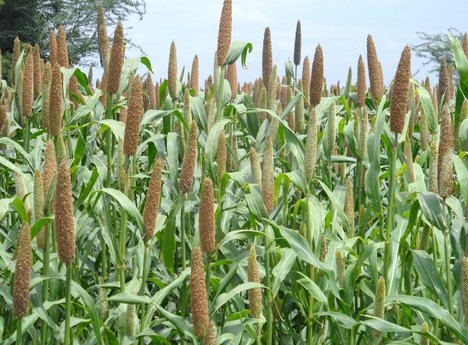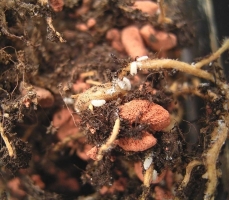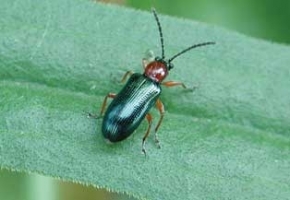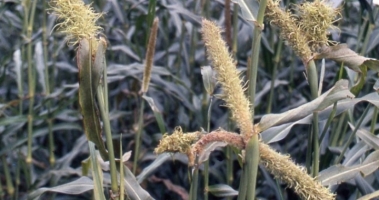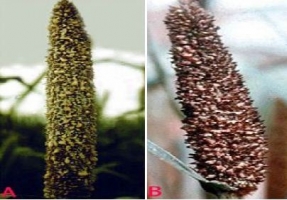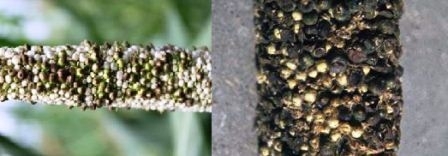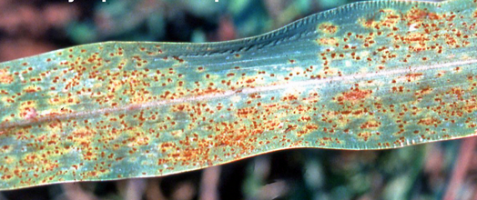General Information
Bajra or pearl millet is widely grown millet in the world. It can tolerate drought, that's why it is well adopted in region of scanty rainfall. India is largest producer of Bajra. Along with human consumption, it is used for fodder purpose, its stalk are used to feed animals. Major Pearl millet growing area in India are, Rajasthan, Maharashtra, Gujarat, UP, Haryana, MP, Karnataka, AP and Tamilnadu.

